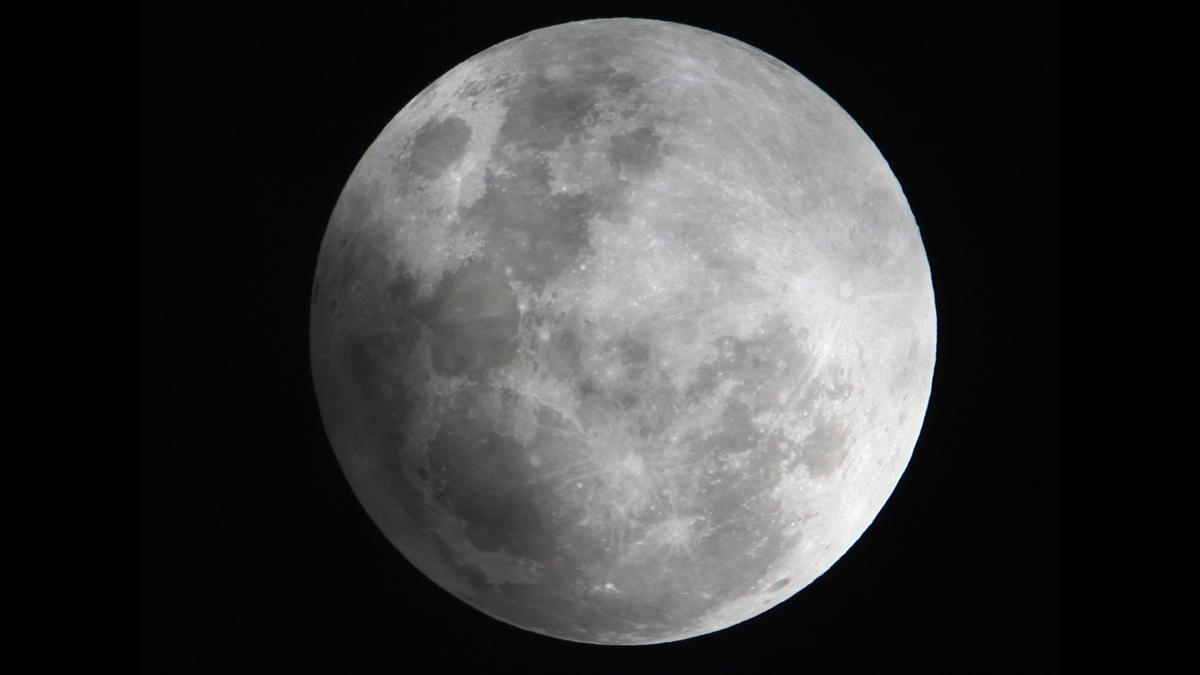A partial lunar eclipse will take place later this month, and it will coincide with one of this year’s “supermoons,” according to NASA officials.
Currently, a string of four consecutive supermoons will occur, with this month’s full moon being one of the closest approaches to Earth this year.
The “supermoon” will also coincide with a partial lunar eclipse, which will darken and partially obscure the full moon over the skies of North America, including the Chicago area.
Here’s what you need to know.
What is a “supermoon”?
According to NASA, a “supermoon” occurs when a full or new moon is within 90% of its closest approach to the Earth.
In general, those full moons tend to be a bit brighter than usual, and can appear somewhat bigger in the sky, according to officials.
What is a “lunar eclipse”?
While a solar eclipse occurs during daylight hours and occurs when the new moon crosses in front of the sun, a lunar eclipse occurs when the Earth’s shadow obscures the light from the sun as it reflects off the surface of the full moon.
In a total lunar eclipse, the moon’s surface can sometimes take on an eerie red color, though in partial eclipses, like the one that will occur this month, that will not occur.
So what can Chicago residents expect?
According to TimeandDate, the partial lunar eclipse will begin at approximately 7:41 p.m. Central Time on Tuesday, Sept. 17. It will reach its peak at approximately 9:44 p.m., and will end just before midnight.
There will be a visible darkening of the moon, but there will only be a partial obscuring of the moon’s surface, according to NASA.
The post ‘Supermoon eclipse’ to occur in Chicago area this month – NBC Chicago appeared first on Patabook News .

